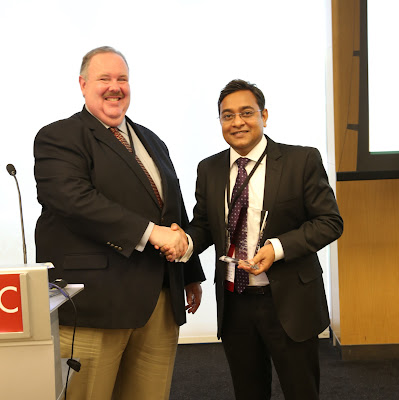Caliper Corporation
Despite their popular depiction, Millennials are not a new species of people assembled from fiber-optic cable and acting in unison. But there is one key constant among those born after 1980: they tend to have shorter workplace tenures than their predecessors. So, I sought out to consider why this phenomenon occurs and how businesses can keep oft-misunderstood Millennials engaged and in the fold longer.
1. Don’t Treat Millennials Like Clones
Millennials are quite different from one another. Thus, one-size-fits-all strategies will misfire. To truly find out how someone is “hardwired,” look to personality. The universal language of personality acts as a gateway into an individual’s work style and problem-solving methods, and it goes beyond the superficial notion that one’s generation—an arbitrary construct—dictates how you behave.
Yes, some respond better to coddling coaches, but others want a no-nonsense boss. Using a personality assessment allows human resources professional to home in on workplace motivations and put people in situations that lead to success.
With a personality assessment such as the Caliper Profile, you can see who is an independent go-getter and who is a deferential accommodator. Once you know these things, you can start piecing together a personalized plan that speaks to an individual, not a group of people.
2. Freedom Is More Valuable Than Money
While we know that Millennials aren’t a monolithic species, its members do have some overarching beliefs that would be wise to consider.
Overwhelmingly, freedom trumps money for Millennials. We don't live in an idyllic post-commerce society, but the personal sovereignty to spend time the way one wishes is a legitimate currency to the youngest generation in the workforce. And if owning larger homes and having fatter wallets than one’s parents is not in the cards for Millennials, aspirations shift from ownership to experience.
In a 2014 Universum and HEAD Foundation survey, “Millennials: Understanding a Misunderstood Generation,” North American millennials overwhelmingly chose spending time with family as their priority, followed by growing and learning new things. Being wealthy ranked dead last.
For Millennials, a job is a passport to a fulfilling life, and they want the freedom to explore. Feeling boxed-in by fixed work hours is deflating to them, and anything that flips the script is welcome.
Not everyone functions identically, so learn your worker’s individual tendencies. For so long, strict adherence to a 9-5 schedule has been seen as the key to unlocking productivity. Wrong.
Maybe your employees can be more productive telecommuting. Others could benefit from a 90-minute coffee-shop pit stop to recharge and catch up on emails. Some will need time to tend to their children, and others would appreciate the ability to hit up the gym and the laundromat at lunch.
3. Foster Collaboration Through an Open Floor Plan
Even if you have to reimagine your workspace, it should be a place in which Millennials want to gather, since in roughly five years they will become the most well-represented group in your office. Ask yourself: Is my work environment a wellspring of creativity and collaboration? Millennials are open to a flatter corporate hierarchy, which typically corresponds with a more open floor plan.
Open floorplans, says Forbes contributor Neil Howe, are “well-suited for a group-oriented generation that values the opportunity to socialize, work in teams, and get help from co-workers. Their mobile style of working also means that they don’t equate space with worth and are eager for more egalitarian spaces that encourage everyone to contribute.”
Remember: a 21-year-old digital native can tweet at the Pope or FaceTime with someone on the other side of the globe. Millennials have grown up in a boundary-less, digital landscape, and your workspace should offer the same type of unfettered access to which they are accustomed.






















